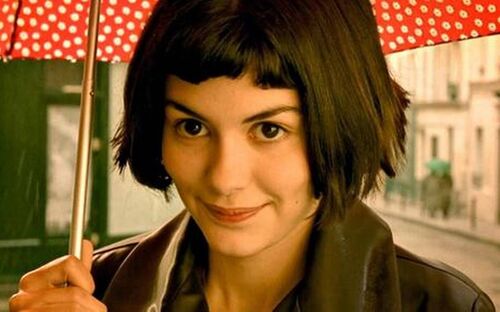
‘Pleasantville’ (1998) Review
 David (Tobey Maguire) and Jennifer (Reese Witherspoon) are very disparate teenage twins. David is as quiet and sensitive as Jennifer is confident and popular and the only common ground they share is a penchant for power over the TV remote, which falls victim to their ferocity one night whilst they grapple over the gizmo. Enter one strangely omnipotent TV repairman to replace the remote and the two are transported to Pleasantville, the black and white fictional town in David’s favourite TV show. Pleasantville is a town in the 1950s with no apparent vice. David is keen to ‘play the part’ and maintain the status quo, whereas the feisty Jennifer, mortified to have left modern life, boys and ‘90s clothes behind, seems intent on being as hedonistic as she pleases. Either way, the teenagers make a colourful impact on their drab but salubrious surroundings.
David (Tobey Maguire) and Jennifer (Reese Witherspoon) are very disparate teenage twins. David is as quiet and sensitive as Jennifer is confident and popular and the only common ground they share is a penchant for power over the TV remote, which falls victim to their ferocity one night whilst they grapple over the gizmo. Enter one strangely omnipotent TV repairman to replace the remote and the two are transported to Pleasantville, the black and white fictional town in David’s favourite TV show. Pleasantville is a town in the 1950s with no apparent vice. David is keen to ‘play the part’ and maintain the status quo, whereas the feisty Jennifer, mortified to have left modern life, boys and ‘90s clothes behind, seems intent on being as hedonistic as she pleases. Either way, the teenagers make a colourful impact on their drab but salubrious surroundings.

A Microcosm of Society
Maguire makes David a gentle soul and does not overdo the geekiness of his character. It is believable that Pleasantville’s prettiest girl should fall for him yet he polarises Jennifer sufficiently to support the storyline. Witherspoon presents the archetypal tough, pretty, blousey broad which is fitting for her character’s struggles to conform to prissy ‘50s schoolgirl. Director/writer Gary Ross crams a microcosm of society and recent history into one town in the space of two hours. Pleasantville is fictional, yet becomes reality for David and Jennifer. With shades of ‘Back to the Future’ and Marty’s desperation to leave the past undisturbed (“my mother has got the hots for me?”) David and Jennifer prove that it is impossible to not make a difference. But the striking resemblance is to ‘The Truman Show’ (“We accept the reality of the world with which we’re presented.”). Both movies were released in 1998, when US media had become so influential and manipulative that it was impossible to maintain and people were starting to realise the false rhetoric they had been fed for too long.

Monochrome and Colour
The gradual introduction of colour to Pleasantville is part of its aesthetic beauty and rivals the colourful transportation of Dorothy from ‘real life’ to fantasy in ‘The Wizard of Oz’. Credit to the special/visual effects teams for pure perfection in the co-existence of monochrome and colour, having desaturated chosen elements; in particular, the scene in Lovers’ Lane, reminiscent of the Garden of Eden in many ways, is a particular success.

Gentle Fantasy with Sinister Issues
‘Pleasantville’ tackles censorship, perception and control: a gentle fantasy on the surface, yet harbouring sinister issues. The burning of books has echoes of the Nazi book-burning during World War II and the notices banning ‘coloreds’ (people whose skin is flesh-coloured instead of grey) pays lip-service to racial segregation since time immemorial. The courtroom scene, with the ‘coloreds’ on the balcony is almost identical to the courtroom scenes in the 1962 film ‘To Kill a Mockingbird’ where the black members of the community also watched from the balcony.
Take yourself off to ‘Pleasantville’ to make you thankful for the world you live in … or question it.



